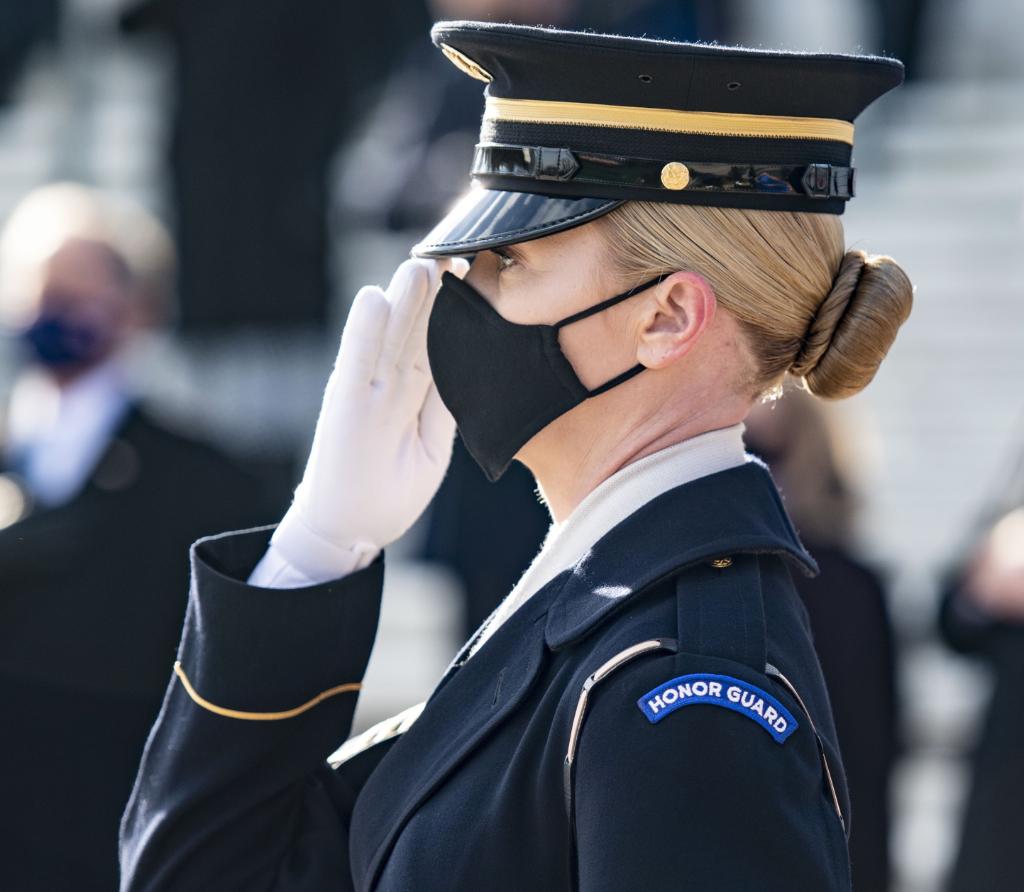
THE BATTLE OF ST-MIHIEL
On September 12, 1918, the American Expeditionary Forces under Commander General John J. Pershing launched its first major offensive in Europe as an independent army.
#ArmyHistory | #ArmyHeritage
On September 12, 1918, the American Expeditionary Forces under Commander General John J. Pershing launched its first major offensive in Europe as an independent army.
#ArmyHistory | #ArmyHeritage

The U.S.-led attack occurred in the Saint-Mihiel salient, a triangular area of land between Verdun and Nancy occupied by the German army since the fall of 1914.
#ArmyHistory | #ArmyHeritage
#ArmyHistory | #ArmyHeritage

The Saint-Mihiel salient was strategically important as it hindered rail communications between Paris and the eastern sections of the front—eliminating the salient was necessary before the final Allied offensive of the war could begin.
#ArmyHistory | #ArmyHeritage
#ArmyHistory | #ArmyHeritage

The Germans had begun pulling out of the salient two days before the offensive.
After an early morning artillery bombardment, U.S. infantry and tanks began the attack on September 12. Resistance was light, and by September 16, the area was liberated from German occupation.
After an early morning artillery bombardment, U.S. infantry and tanks began the attack on September 12. Resistance was light, and by September 16, the area was liberated from German occupation.

On the afternoon of the first day of the Saint-Mihiel offensive, a chance meeting took place on the battlefield between George S. Patton and Douglas MacArthur, two young officers who would go on to achieve greater fame in World War II.
#ArmyHistory | #ArmyHeritage
#ArmyHistory | #ArmyHeritage

Following this victory, the American forces shifted to a new front to participate in the Meuse-Argonne offensive, forcing the Germans to retreat.
By October, the defeat of the German army was certain. WWI came to an end with the signing of the Armistice on November 11, 1918.
By October, the defeat of the German army was certain. WWI came to an end with the signing of the Armistice on November 11, 1918.

The Americans who participated in the liberation of France were deeply shocked to see the devastation suffered by the French civilians, who had lost their homes, their livelihood, and their lives during the war.
#ArmyHistory | #ArmyHeritage
#ArmyHistory | #ArmyHeritage

The compassion of the soldiers of the American Expeditionary Forces for the French people generated many popular songs such as the example shown below, “The Tale the Church Bell Told.”
#ArmyHistory | #ArmyHeritage
#ArmyHistory | #ArmyHeritage

• • •
Missing some Tweet in this thread? You can try to
force a refresh




















